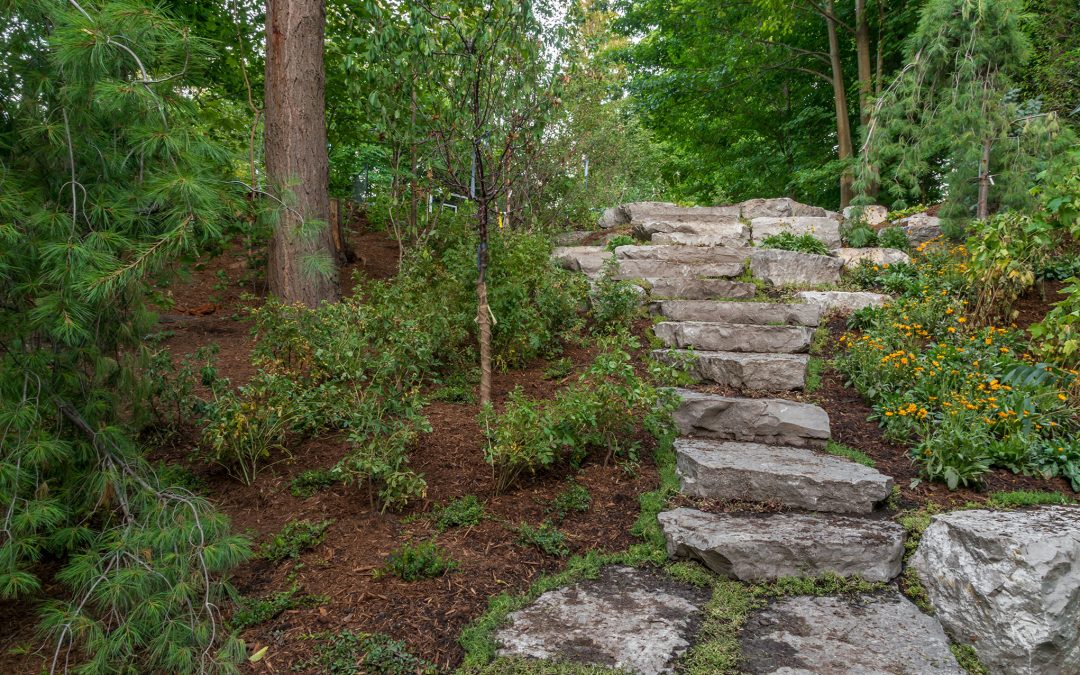
Bellehaven Landscape
Bellehaven
Landscape
- Land Size: 2 Acres
- Living System: Carolinian Forest
- Previous Designation: Urban Forest
- Activation Date: June 1, 2020
- Location: Toronto, ON, Canada
About this Project
Located in the east end of Toronto, Bellehaven landscape is a 2 acre urban forest that is representative of the Carolinian Forest living system.
Below you will find information on the types of testing that 220KM Inc. will be conducting at this specific landscape. We hope to post all information within our members network.
Bellehaven Landscape activation video
Native Plants
Trees
Endangered Plant Species
Studies Taking Place At This Landscape
This is a detailed listing of all the types of studies that will be taking place within the Bellehaven Landscape.

Native Plant Research
Researching a vast selection of native plants and trees in a biodiverse environment through their essential oils.
Active Carbon In Soil
Analyzing the soil at each landscape twice a year (spring and late fall) to measure the active carbon present.
Active Microbial Biomass In Soil
Analyzing the active microbial biomass in the soil at each landscape twice a year (spring and late fall).
Wildlife Interaction & Adaptation
Monitoring the wildlife within the area of the landscape to see how they interact with the ecosystem and the plants within them over a period of five to ten years.
Ecological Conditions For At Risk Species
Discovering the ecological conditions to protect rare and vulnerable, threatened, endangered plants and trees through detailed environmental observation and data gathering (weather tracking, soil moisture etc.).
Protecting Genetic Diversity Of Species
Looking at ways to protect the genetic diversity of the various species within a landscape.
Ecological Factors For Native Plant Reproduction & Growth
Understanding the ecological requirements needed for the reproduction of native plants and trees as well as their overall survival and growth.
Isolation Of Essential Oils
Develop methods to isolate essential oils from the plant materials without the use of petrochemicals. Building a rare database of nutritional information about native plants through their essential oil components using UV A & GC Mass Spectrometry.
Regenerative Harvesting & Propagation Methods
Developing regenerative harvesting and propagation methods that best suits the native plant life and their environment.
Companion Planting
Understanding companion planting and how it affects other plants within the environment as well as if they present trace values through the essential oils produced.
Variability Of Active Chemical Ingredients In Essential Oils
Understanding the variability of the active chemical ingredients of the essential oils isolated. Discovering the medicinal/therapeutic possibilities of unique plant oils, 98% of which are not available in the market and less accessible for research.
Biomass Re-distribution
Redistributing the biomass to the landscape after isolating the essential oils generated for use in subsequent years.
Metal Content Present In Biomass & Essential Oils
Observing the metal content of the biomass and the essential oils extracted to understand phytostabilization in order to remediate soil and using the metal nanoparticles for applications worldwide.
Mushroom Cultivation
Cultivation of diversified mushrooms in this forest understory to enable diversified forest products, diversity in revenue streams for agroforestry and value added to non desirable trees.
Mushroom Research
Studying the rare nutritional values in essential oils extracted from mushrooms since it is not possible to get fresh mushrooms into the markets for sale in a fast manner. Also allows human development and training in non-timber forest products and diversification for employment for the forestry workforce.














